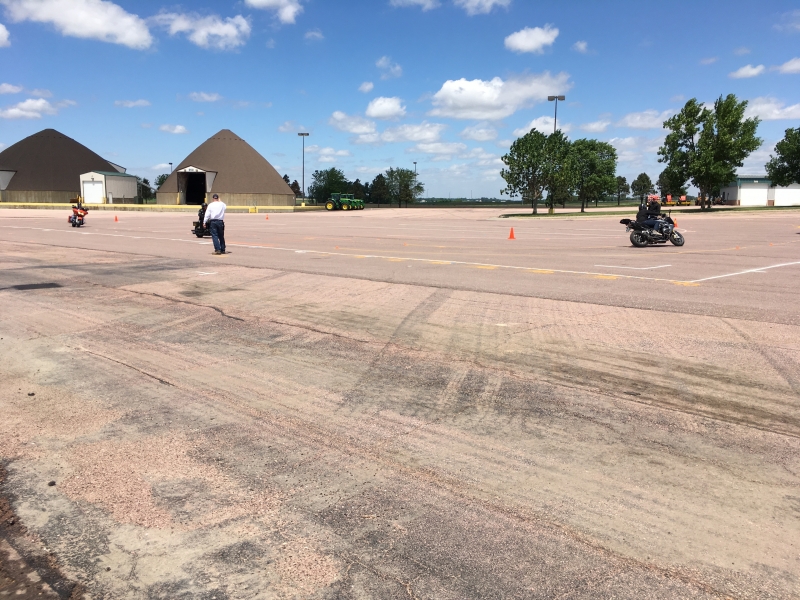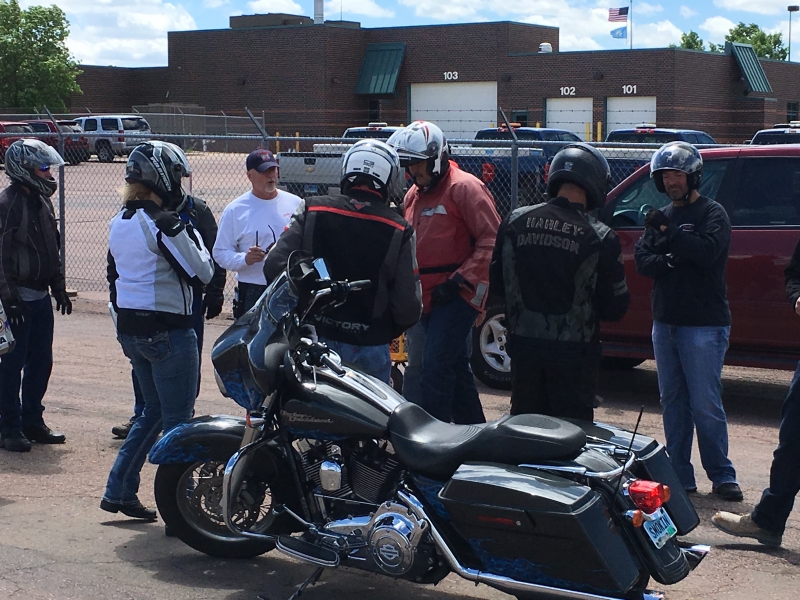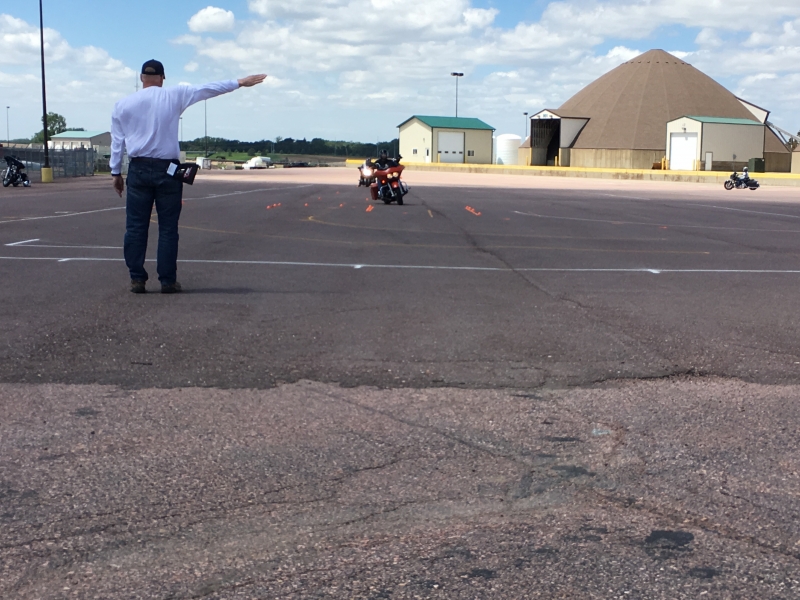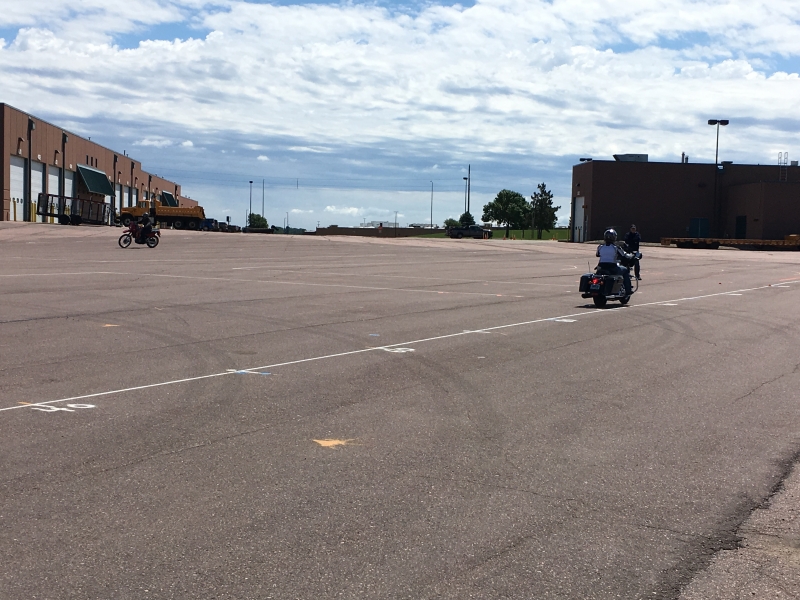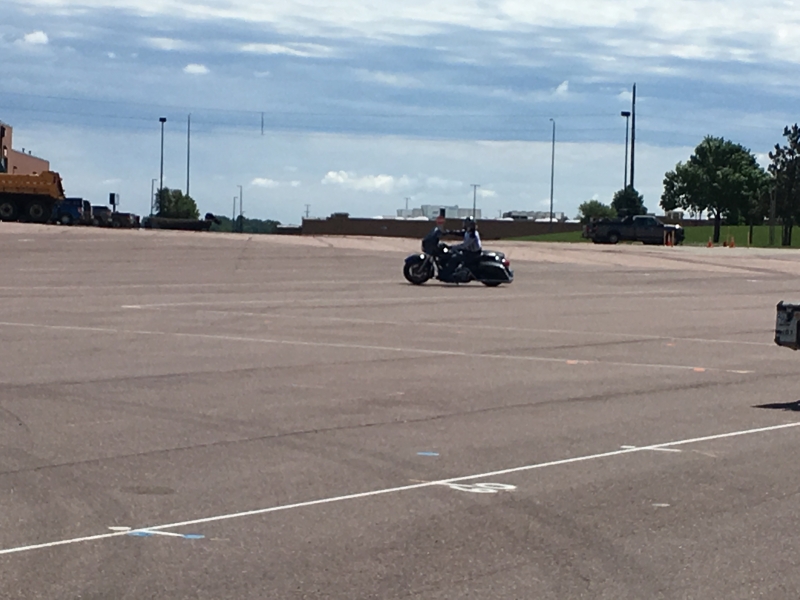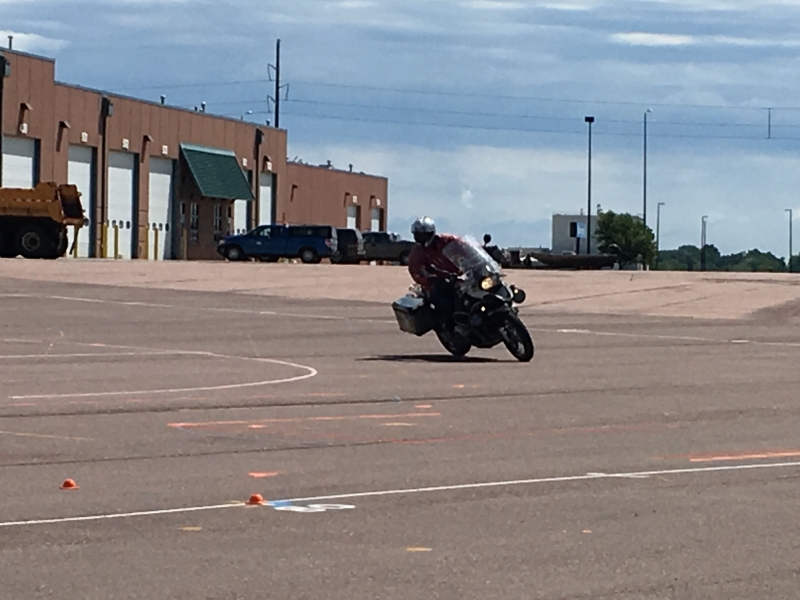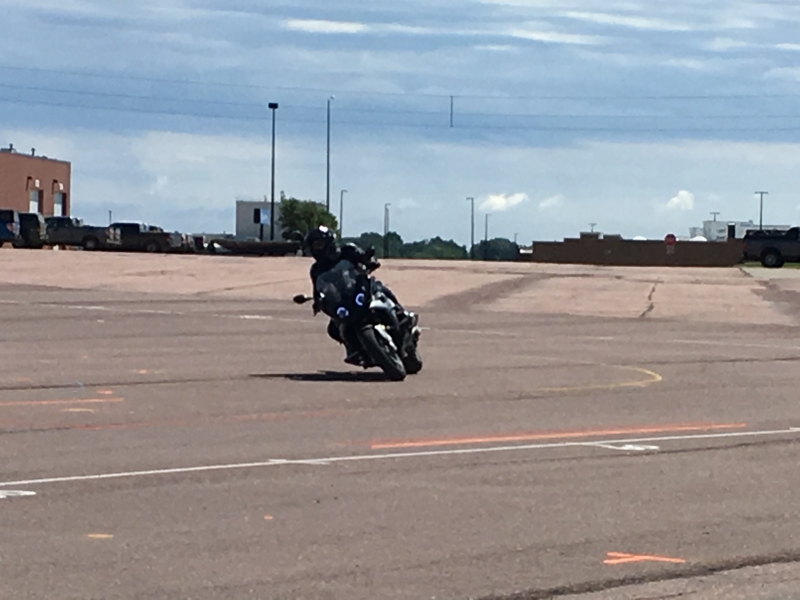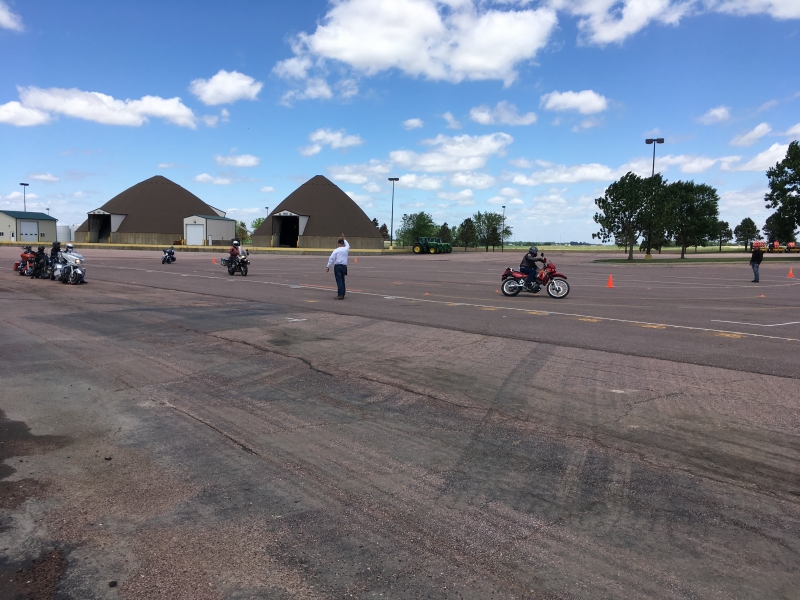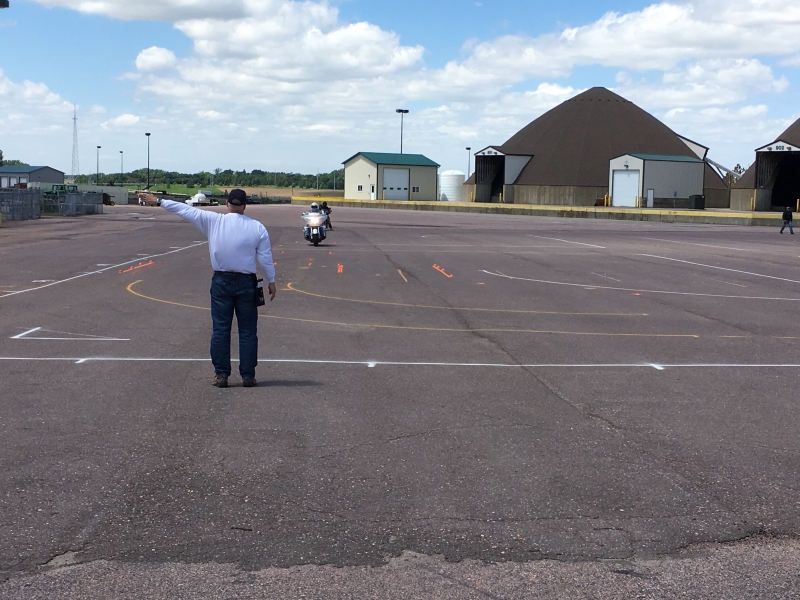More Issues
- August 2023
- September 2021
- August 2021
- July 2021
- June 2021
- May 2021
- April 2021
- March 2021
- February 2021
- January 2021
- December 2020
- November 2020
- October 2020
- September 2020
- August 2020
- July 2020
- May 2020
- April 2020
- March 2020
- February 2020
- January 2020
- December 2019
- November 2019
- October 2019
- September 2019
- August 2019
- July 2019
- June 2019
- May 2019
- April 2019
- March 2019
- February 2019
- January 2019
- December 2018
- November 2018
- October 2018
- September 2018
- August 2018
- June 2018
- May 2018
- April 2018
- March 2018
- February 2018
- January 2018
The Braking and Cornering Rider Clinic: An Experienced Rider’s Course You Can Take on Your Own Bike
Written By: Chad Gillen
When I taught rider safety courses for the South Dakota Safety Council, many students after the basic course would ask if there was a course they could take on their own motorcycle. Yes, there was, and after a hiatus of not having one last year, a new course is available. It is called the Braking and Cornering Rider Clinic (the BCC), and it is available in Sioux Falls, Rapid City and Watertown. The five-and-a-half-hour course does not include any classroom exercises or tests; it is all on the range with 11 different riding exercises.
If you were ever told or said, “Most accidents are caused by car owners.” … You need to take the BCC.
Unlike the BRT (Basic Rider Training), the BCC completion card will not replace the SD motorcycle examinations in order to get a motorcycle endorsement on your driver license. But it should get you a discount on your motorcycle insurance. You are not required to have taken the BRT to sign up for BCC, but a minimum of one year of riding experience is required. Also required is a valid motorcycle license, a currently registered motorcycle that will pass a basic safety inspection, current motorcycle insurance and proper riding gear such as DOT helmet, eye protection, long sleeve shirt or jacket, long pants, over the ankle boots, and sturdy full finger gloves.
If you were ever told or said, “Don’t touch the front brake, it’ll kill ya!” … You need to take the BCC.
After a short orientation and explanation of the range rules you will start Exercise 1: Weaving, which lasts just five minutes. If you are found not to have the necessary skills to complete the exercise, you will be counseled out of the course, but the $60 fee can be applied to the BRT’S $75 fee. However, it will not be refunded if you elect not to take the BRT.
If you were ever told or said, “Body English starts the bike turning.” … You need to take the BCC.
According to Director Rick Kiley of the South Dakota Safety Council Motorcycle Program, the 11 exercises are based on motorcycle skills that were found absent in motorcycle crashes and incidents. The exercises are weaving, smooth braking, pressing to initiate a lean, maximum braking 30 MPH, straighten then brake, riding through curves, swerving, decision maker, pressing to increase lean, negotiating curves, and maximum braking 30-35 MPH. Three of these eleven exercises are new or different from the BRT.
If you were ever told or said, “I had to lay her down to avoid the crash.” … You need to take the BCC.
Exercise 3: Pressing to Initiate Lean teaches you countersteering so you understand how it works. Countersteering is how you turn a bike at speeds above 15 MPH. If you want to go right, you press forward on the right handgrip. The front tire actually points left briefly but the motorcycle leans right and then goes right. You’ll find that how much you press on the handgrip affects your turning radius.
If you were ever told or said, “Roads and streets are safer than the interstate.” … You need to take the BCC.
Exercises 7 and 8 focus on swerving. You’ll learn that you never combine braking and swerving on a motorcycle. When you ask the traction patch on your tires to do two different things in two different directions it usually results in a crash. If you need to swerve, keep your body upright and let the motorcycle move underneath you.
If you were ever told or said, “Loud pipes save lives.” … You need to take the BCC.
My favorite exercise is Exercise 9: Pressing to Increase Lean. The objective of the exercise is that you will adjust your line mid-turn by increasing forward pressure on the handgrip. Not only does this one show you how countersteering actually works, but it also shows how critical the “Look” is in the “Slow, Look, Roll, Press” cornering technique.
If you ever said, “It’ll never happen to me.” … You need to take the BCC.
There are three exercises on braking. Does that seem like too much? Nope. Getting rid of speed is critical to survival when it comes to motorcycling. Did you know there is a huge difference in a collision at 30 MPH rather than 40 MPH? Your body does. Also do you know what to do if you lock up your brakes? Do you know how to avoid locking up your brakes in the first place?
If you were ever told or said, “A helmet won’t help you in most crashes.” … You need to take the BCC.
When I audited the class, it was actually instructor training for the Watertown and Sioux Falls instructors. I asked some of them who they thought should take this class. Lisa Brouwer said, “Anyone who just got a new bike.” Mark Rieck said, “Anyone who has taken the BRT within the last two years. It really brings what they learned in the BRT into play.” Dan Satterlee said, “Anyone getting back into the mindset of riding it is a reminder of what TO do.” My thoughts on rider training is that motorcycling is a perishable skill. Every riding season should start with you bringing those skills back up to snuff and improving them even more.
Rick Kiley states that sometime this summer the South Dakota Safety Council will hit a total of 42,000 students of Motorcycle Safety Training since its inception. If you cannot find a BCC on the website schedule and you have at least three people that want to take the BCC, call the South Dakota Safety Council and they will work with your group to get one scheduled. The reason rider training is so inexpensive in South Dakota is because part of your motorcycle registration is supplementing this training. So why not use it?
This season, make yourself a better and safer rider. Braking and Cornering Clinic schedules, and the Basic Rider Training schedules for those who want to start riding, can be found at southdakotasafetycouncil.org or by calling 605-361-7785.

